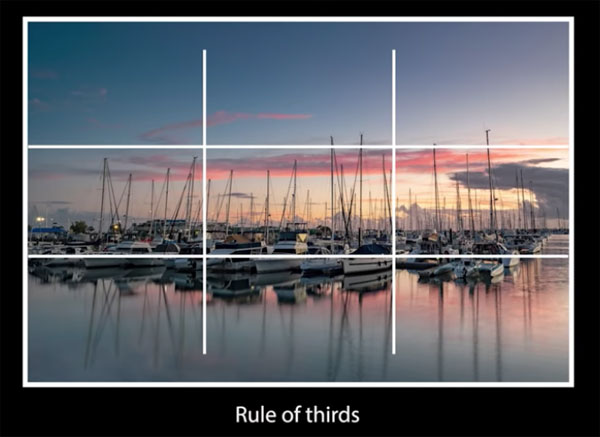Shoot AMAZING Sunrise & Sunset Photos with These BASIC Tips (VIDEO)
You don’t have to be an experienced landscape photographer to appreciate the magic of sunset and sunrise. In fact, these spectacular scenes are among the most commonly photographed by anyone with a camera.
Capturing the beauty of what you see through the viewfinder is quite another matter. That’s because atypical lighting and colors at the beginning and end of the day pose several challenges.
In the beginners guide below from the popular Photo Genius YouTube channel you’ll learn everything necessary for capturing breathtaking images when the sun moves above or below the horizon. Spectacular photos will quickly follow when you use this straightforward advice.

Australian pro Paul Farris has been teaching basic shooting techniques for over a decade, and in this episode demonstrates how to get the job done in barely 15 minutes. He covers everything from gear and camera settings, to composition and other important topics.
Farris says, “I’ve been getting up at the ridiculous hour of 4am this week to capture the ultimate sunrise photo,” so take a look at his images and see what you think. More important are the tips he provides, so you can make some photo magic too. As you’ll see, nature often fails to cooperate, hence the need to return to a favorite morning and evening location until conditions are right.
The tutorial begins with a discussion of what makes a great location for these types of photos and Farris says it’s important to pick a scene with an uncluttered view of the sky. He also provides composition tips on including other objects in the frame “so you’re not just photographing a beautiful sky.”

In terms of gear, Farris explains why you’ll achieve optimum results by shooting with a camera that features Manual mode, and he reveals his preferring exposure settings once you switch the mode dial off Auto. A sturdy tripod is essential, and an ultra-wide lens usually provides the most compelling perspective.
Farris also discusses his go-to accessories, which include a graduated ND filter to help balance highlights and shadows. There’s much more to learn, so pay close attention, get out there early, in plenty of time to set up your gear and capture some spectacular sunrises and sunsets.
After watching this video head over to Farris’ instructional YouTube channel for more easy tips and tricks. And on a related note, be sure to check out the tutorial we posted from another pro, explaining the easiest way to use ND filters with long exposures.




